FASHION
SUPREME TEASES THEIR NEW SS20 COLLECTION WITH A TUPAC HOLOGRAM
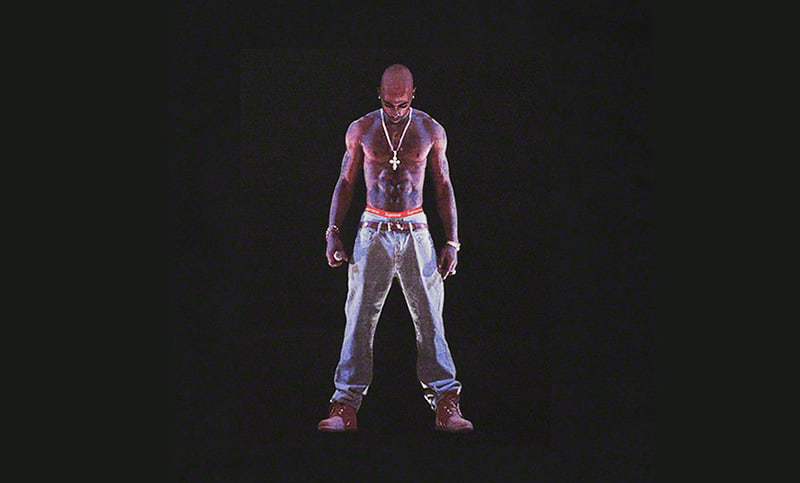
Supreme
Over the weekend, Supreme released a hologram of the late rap icon, to promote their upcoming new spring/summer collection launch.
The Tupac hologram, which was first depicted at the 2012 Coachella music festival, had been digitally altered to show Tupac wearing Supreme box logo boxers. The Instagram post arrived just days before the collection was revealed in its entirety.
The spring/summer collection is set to be obtainable by the public from February 20th, with stock available within stores in London, Los Angeles, New York, Paris and San Francisco.
The collection will be made available globally to online customers from February 27th.
Here are some of the stand-out pieces from Supreme’s SS20 collection:
Supreme
Supreme
FASHION
HOUSE OF SUNNY DROPPING ITS FIRST MENSWEAR COLLECTION LATER THIS YEAR
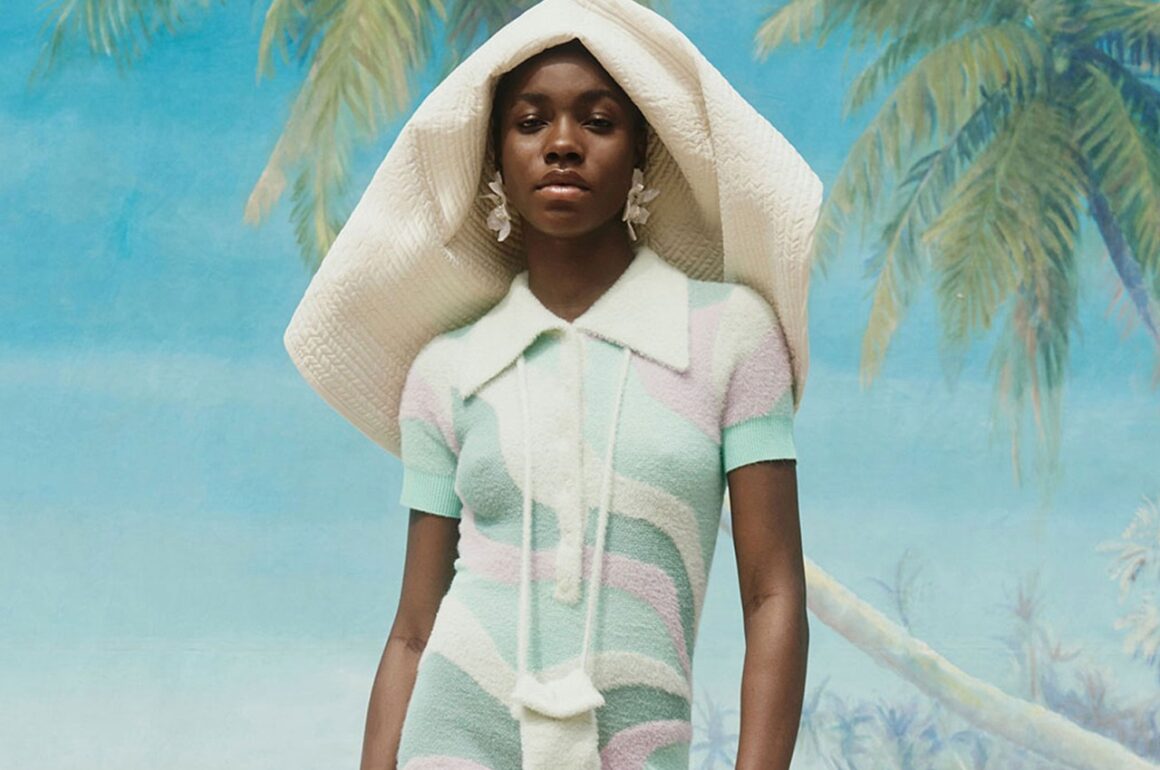
Its been an impressive 2020 for the London-based label.
Designed in-house out of its East London studio, House of Sunny prides itself on producing small sustainable runs of collections in a bid to act against fast fashion. Now, as the label celebrates its tenth anniversary, its founder Sunny Williams has unveiled his plans to drop a first menswear collection later this year.
“We are at a stage where the audience organically asks us for men’s options,” explained Williams in a recent interview with Forbes. “We got to the point where I’d see guys wearing our cardigans cropped even though they bought a size 14 or 16 — and I am amongst those who want to wear pieces from the women’s line”.
Having garnered a reputation in women’s fashion for its use of vibrant colorways and unique designs, Williams alludes to its menswear offering continuing in much the same vein: “I love vintage sportswear at the moment and the style menswear will have is going to be very much my style.” Except the capsule menswear collection to drop September 2021.

FASHION
SELFRIDGES LAUNCH RENTAL SERVICE
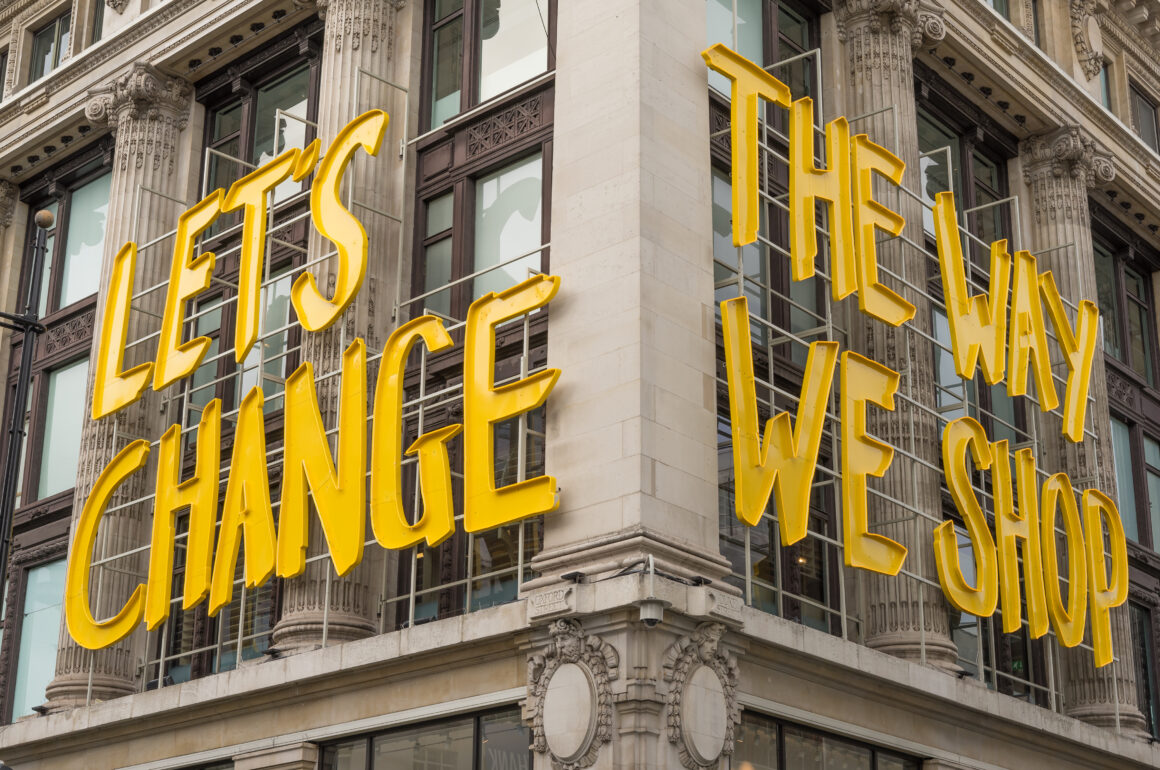
Selfridges have just launched a fashion rental service which will allow their customers to rent items for 8, 10 or 20 days for as little as £20. Thanks to a new collaboration with HURR, you can borrow designer items from big brands like Prada, Saint Laurent and Off White in bag, shoes, tops, jeans, jacket or jumper form.
Found of HURR, Victoria Prew, said, “In a daring move, Selfridges is the first UK department store to take the plunge into the fashion rental market. The collection is built for the next generation of customers whose aspirations exceed their income, yet it is also appealing to customers who can afford to pay full-price but want the convenience of swapping out last season’s fashion for current season”.
This new way to wear designer is an “earth-conscious way to shop”, as Prew continues, “Extending the lifespan of clothes that already exist is one of the best things you can do to reduce the environmental impact of your wardrobe.”.
Find out more information and start renting on the Selfridges website here.
FASHION
VIRGIL ABLOH CONFIRMS ANOTHER NIKE DROP
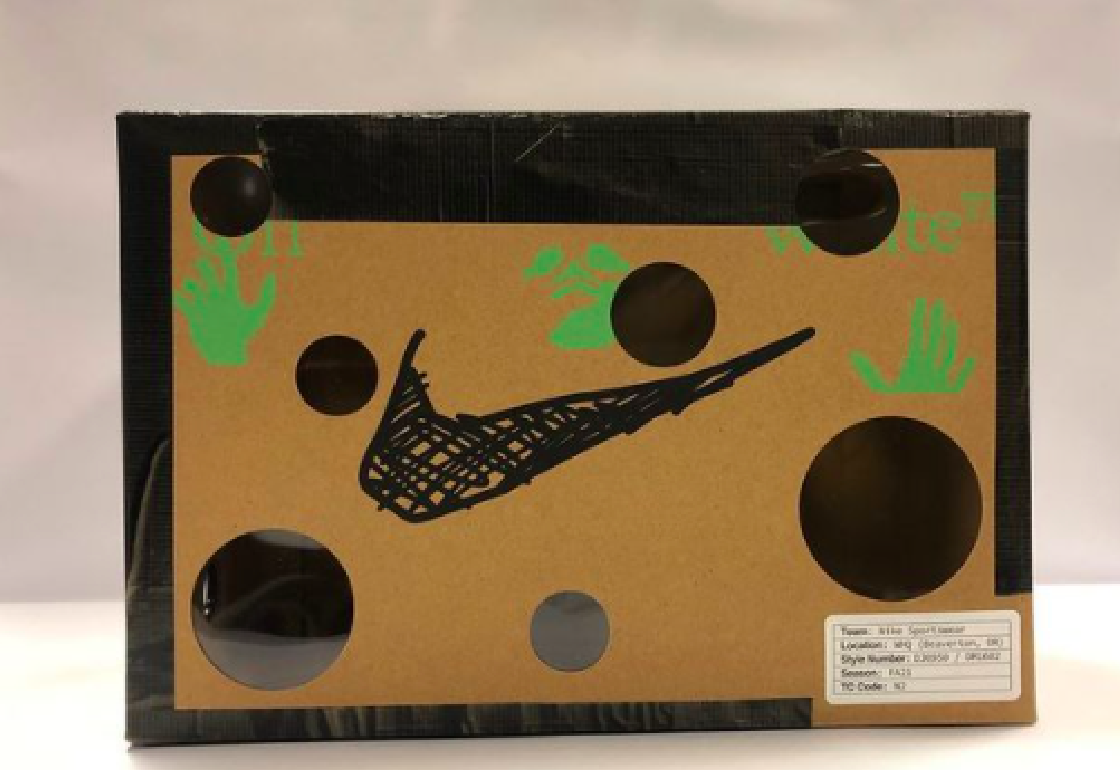
What began as ten trainers in 2017, has spun into an iconic partnership between Virgil Abloh and Nike. Today Off-White designer confirmed that he’ll be releasing 50 pairs of Off-White x Nike Dunk Lows this summer. The drop will be part of his upcoming collaborative “Dear Summer…” collection.

Announced on Instagram, Abloh revealed the packaging for the Dunks which includes a set of 50 numbers (we assume to represent the 50 pairs available) and tape to give the box a vintage and pre-used feel. Holes also cover the box and these have featured on his Air Jordan 5’s before, so perhaps this is a nod to the new trainer design. Release dates and designs haven’t been confirmed yet, however no doubt all will be revealed soon.

Abloh captioned the Instagram post with: “@off____white™ c/o @nike, summer 2021 collection name is “Dear Summer”… it’s a whole thing…it was 2017 i started drawing on those 10 Nike shoes. in my mind they are not literal shoes, but are more like sculptures a full-on art object made in multiple editions, somewhat scarce. they exist in a space all their own. where the plot thickens on the design side is the portal to tell stories as vivid as a HOV triple entendre or a Jeezy ad-lib…”
[Image Source: Instagram]
-
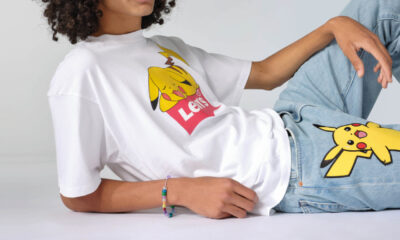
 FASHION4 months ago
FASHION4 months agoFIRST LOOK AT POKÉMON X LEVI’S NEW COLLECTION
-
FASHION4 months ago
NEW AIR JORDAN 36 DRIPPING WITH GOLD
-
CULTURE4 months ago
GUCCI X BALENCIAGA’S HACKER PROJECT HAS DROPPED
-
ENTERTAINMENT4 months ago
NETFLIX IS PLANNING A LA CASA DE PAPEL (MONEY HIGHEST) SPINOFF BASED ON BERLIN’S CHARACTER
-
CULTURE4 months ago
A$AP ROCKY LOOKS BACK AT HIS BEST AND WORST FASHION MOMENTS
-
FASHION4 months ago
YEEZY SEASON 9 REVEALED – WITH A STATEMENT FROM YE
-

 FASHION4 months ago
FASHION4 months agoSUPREME RELEASES AN AIRSTREAM FOR ITS SS2022 COLLECTION
-
FASHION4 months ago
IVY PARK RODEO: FOURTH COLLECTION WITH BEYONCÉ









